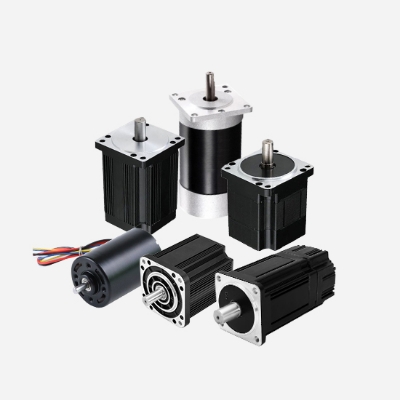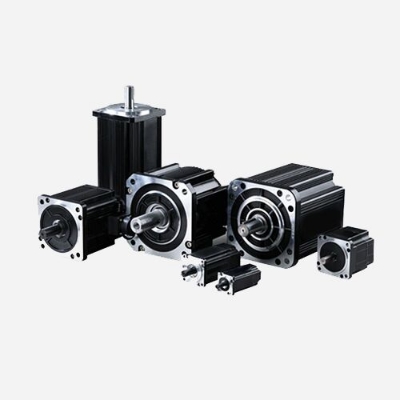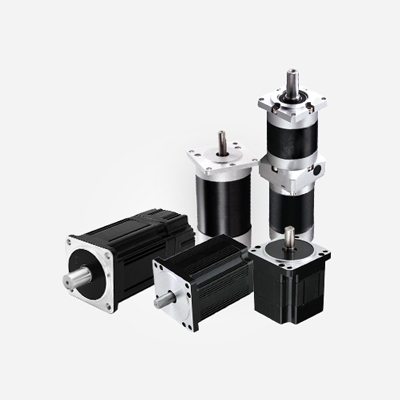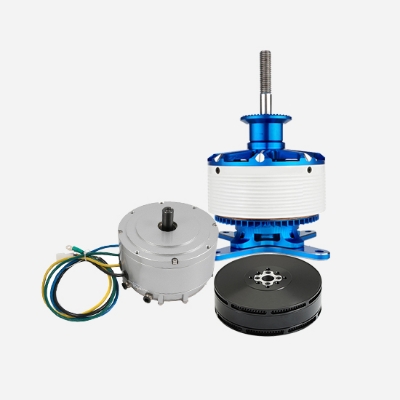Sensored Motors use the "Hall Effect" (named after American physicist Edwin Hall) to detect the rotor (poles of different polarities) inside the motor and transmit the data to the ESC via sensor wires. sensorless motors allow the ESC to precisely control the rotation and speed of the motor. Overall, it is smoother and the signals are sent and received correctly compared to a sensorless motor with connected wires. Notably, the sensor brushless motor is smoother, especially at the low end of motor operation.
However, there is a lag between signal arrival time and reception time that is barely noticeable, but this should be kept in mind. Since a sensorless motor, it has extra wires, it is also more prone to damage if abused, and it also takes up space and increases the weight of the motor. Inductive motors are connected with wires, which means there is contact friction. When there is friction, heat is generated, so a better cooling system is needed. A sensored motor usually has space or room for ventilation, but this also means that dirt or small particles can get stuck or get into the brushless motor, so it needs to be cleaned after a period of use.
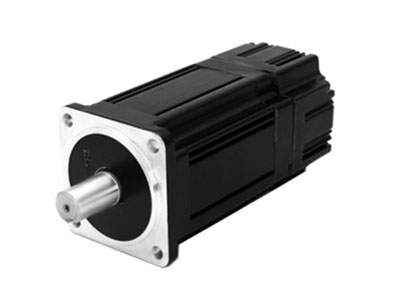
A sensored brushless motor is one of those brushless motors with position sensors. These position sensors feed position information back to the controller, which can then be used to ensure that the drive pattern transmitted to the controller is perfectly synchronized with the rotor position. Different sensor motors may set up the sensors in different ways, so it is important to always be aware of this when setting up the controller. Still, typically these sensors are arranged at 60 or 120-degree intervals.
The size and weight of a sensor brushless motor can produce a considerable amount of energy and torque compared to a conventional brushed DC motor. A brushless motor with a sensor has a built-in sensor that detects the position of the internal rotor at start-up, allowing for fast start-up and seamless initial performance. The sensor is typically in constant communication with the computer or individual operating the device, providing the ability to use the motor efficiently.
Advantages of a sensored brushless motor
A motor with a sensor is able to accelerate smoothly and vigorously from zero speed. They are also able to produce more torque at lower speeds than brushless motors with sensors. A motor with a sensor is also capable of safe motor operation by monitoring the status of the motor. In some ESCs, if there is a problem with the sensor signal, the ESC will not operate. Another piece of information captured from a brushless motor with a sensor is the motor temperature. This is very useful for recording motor temperature.
The main advantage of sensor brushless motors is that they create a closed loop system that allows the controller to know the rotor position and thus synchronize the drive pattern very accurately. The disadvantage of these motors is that they are completely dependent on the sensors to operate properly, so in applications where there may be a lot of dust, vibration, or moisture, they may (depending on the build quality of the motor) fail as a result of the sensor performance.

